The global spend on digital ads is expected to reach $335.5 billion by 2020. If we read the writing on the wall, it’s evident that digital is here to stay. What matters is how well can you ride the ebbs and flows of the wave.
This ever-evolving digital landscape continues to throw new challenges as well as opportunities at every business, every day. Gear up for the coming year by understanding these 6 digital marketing trends that could make or break your digital success in 2019.
Without further delay, let’s get started.
Table of Contents
1. User-Generated Content (UGC)
As the name implies, user-generated content is content created by your end users. It is usually unpaid. A user writes about your brand, product, or service and shares it with others, usually via social media. It’s the new word-of-mouth.
UGC can be in many forms like reviews, blog posts, videos, social media posts, and other types of content. Though UGC has been around for many years; it’s only during the last couple of years or so that brands have realized its potential.
According to Salesforce, visitors to websites that feature user-generated images spend 90% more time on the site. And social media campaigns with UGC see a 50% increase in engagement.
With impressive benefits like this, you can expect more UGC in the coming year.
Consider the example of Adobe. The company’s Insta feed is a mix of images, the majority of which are from their end users.
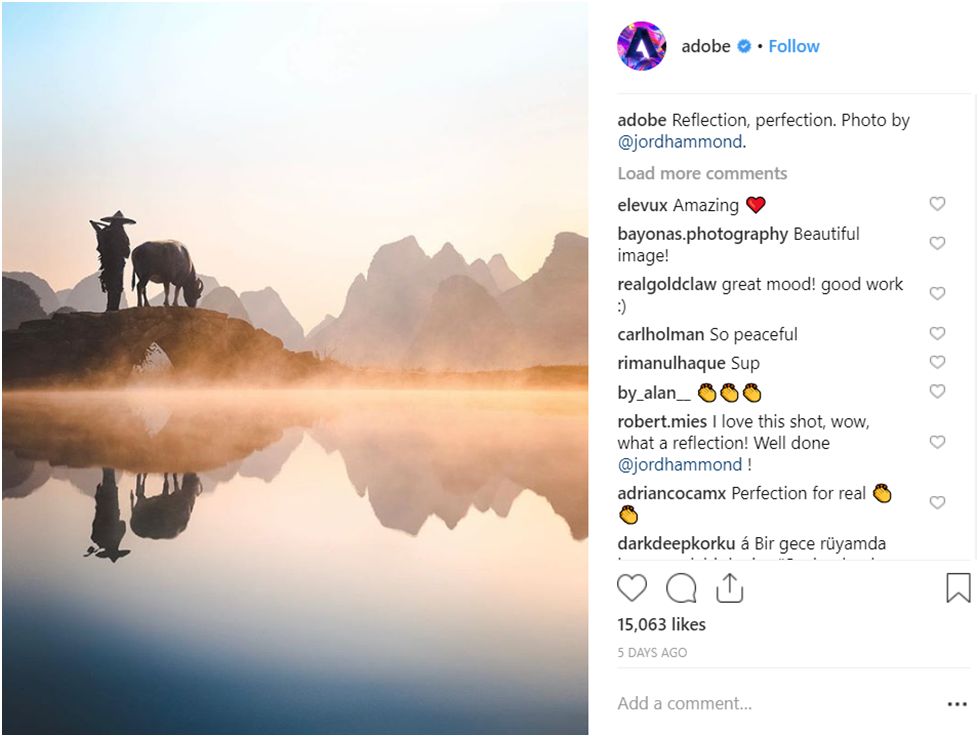
Image via Instagram
As you can see, the image above, which was taken from Adobe’s Insta feed, was submitted by a user. The company has over 776K followers on the platform, thereby proving that UGC works.
How to Capitalize on This Trend
Provide incentives to your users to submit content by conducting giveaways, contests, and more. Additionally, you can provide users with a coupon when they complete a review or submit other content.
2. Augmented Reality and Online Marketing
AR might not be a new thing. Some bigger brands like IKEA are already using it. The IKEA Place was introduced in 2017. And it helps users view how a piece of furniture will look like in their homes.

Image via IKEA
Pretty cool, right? It saves you the trouble of hauling a huge couch to your home, only to find out that it looks awkward in your living room.
So, why do we think AR will dominate mobile app marketing in 2019? According to MarketsandMarkets, the AR market is set to reach a whopping $61.39 billion by 2023. Key players in this field include Apple, Sony, Nintendo, Microsoft, and Google.
How to Capitalize on This Trend
Don’t complicate it. Think about whether this technology offers value to your end user. It shouldn’t be used just as a gimmick. If done right, it can help you provide a customized shopping experience to your users and help them through their purchase decisions.
Ensure that the AR experience is intuitive and in-tune with real-world consumer behaviors. Aim to make the experience shareworthy. Also, make it easy for them to take the desired action.
Finally, create a plan for how you will build relationships with the users after the AR experience. However, if it doesn’t fit into your product/service marketing funnel, skip this one and move to the other trends on this list.
3. Snack Ads
No, it doesn’t have anything to do with your favorite commercials for munchies. This is a new phrase that has been generating plenty of buzz in digital marketing circles.
Simply put, a snack ad is a super-short video advertisement. Typically, they are less than 10 seconds long.
Why Are Snack Ads So Popular?
- They suit our short attention spans – This one needs no explanation. The attention span of today’s digital consumers is super short, thanks to the overabundance of video content.
- They can convey your message effectively – You can squeeze in the majority of your message before the user taps on the dreaded “skip ad” button.
Brands like YouTube and Fox are already using snack ads on their platforms. And more brands will include snack ads in 2019 to keep their audiences engaged and get their messages across.
How to Capitalize on This Trend
Keep it crisp and short. Think of out-of-the-box techniques like stick animations and stop-motion to pull in the attention of the user and convey your message within a few seconds.
4. The Rise of Micro-Influencers
It looks like social media influencers are here to stay in the coming year. While social media influencers have been around for some time, what will change in the coming year is that users will demand more authentic content.
In the past, some brands have leveraged social media influencers to openly endorse their products, regardless of whether the influencer was a match for the brand or not. Today, customers have grown more savvy, and are not receptive of such tactics.
They follow and engage with micro-influencers who are more authentic and are passionate about their niches.
Take a look at these graphs from Markerly.
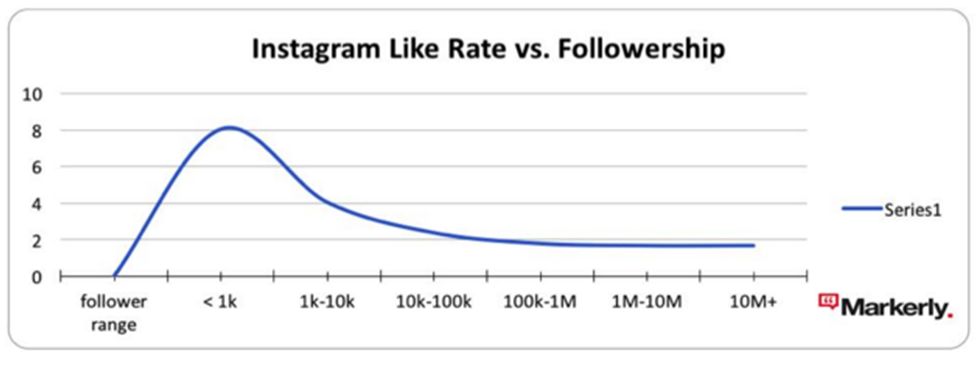
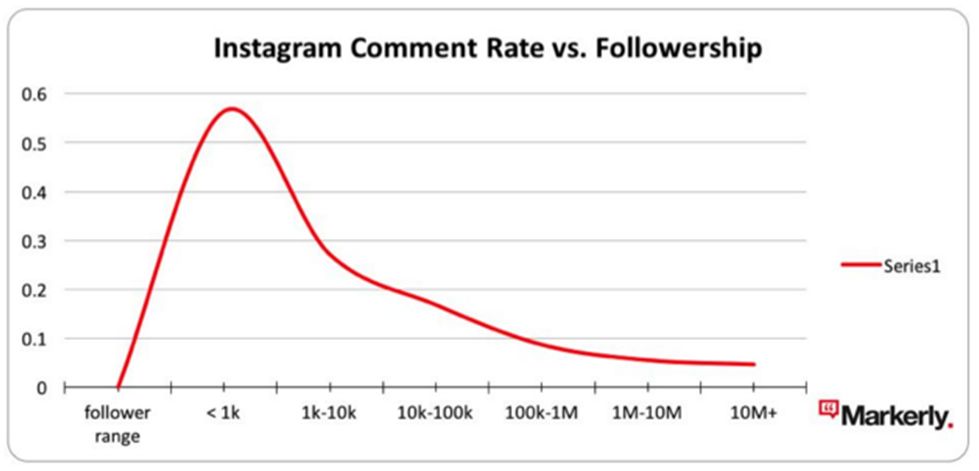
Images via Markerly
As you can see, the likes and comment rate decreases with an increase in the number of followers. Micro-influencers, people with less than 100K followers, are the ones who rack up higher engagement rates compared to celebrity influencers with millions of followers.
How to Capitalize on This Trend
There are plenty of influencer marketing platforms like Grin or BuzzSumo that can help you find the right micro-influencers for your brand. They can also help you track progress, calculate ROI, and so much more. You can take your influencer marketing strategies to the next level by using these tools in the coming year.
5. Voice Search
2018 was the year when voice search went mainstream thanks to the increasing popularity of smart speakers and smart digital assistants like Google Home, Siri, and Alexa.
According to new data from ComScore, a whopping 18.7 million households with a wi-fi connection own at least one smart speaker. The number of smart speakers increased nearly by 50% between December 2017 and February 2018.
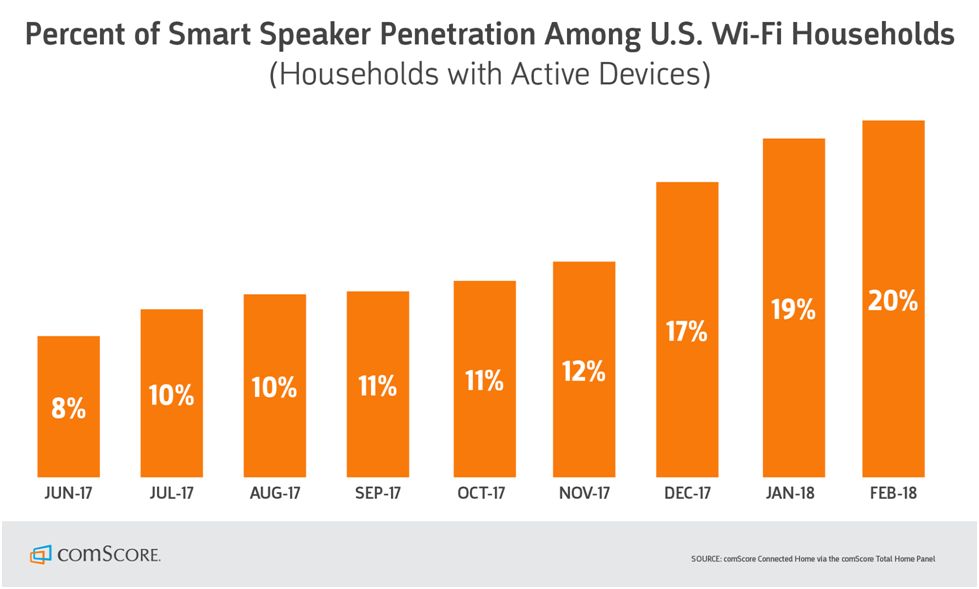
Image via ComScore
The same report predicts that nearly 50% of all searches will be done via voice by 2020. That’s less than two years time to get your content optimized for voice search.
How to Capitalize on This Trend
Refine your keywords based on what users might say, rather than what they are likely to type. Start creating casual content in a conversational tone and optimize for featured Google snippets.
6. AI-Powered Marketing
2018 was the year when countless brands, from Fortune 500 companies to startups, started getting into the AI game. Facebook even introduced Facebook AI – a sophisticated price suggestion tool. You can expect more of this trend in 2019.
AI is being tested out in a variety of applications and functions like – smart chatbots, automation of the sales process, improving customer satisfaction, accurate insights, and more.
According to a survey by Demandbase, it was found that nearly 80% of marketers believe that AI will revolutionize digital marketing in the next few years.
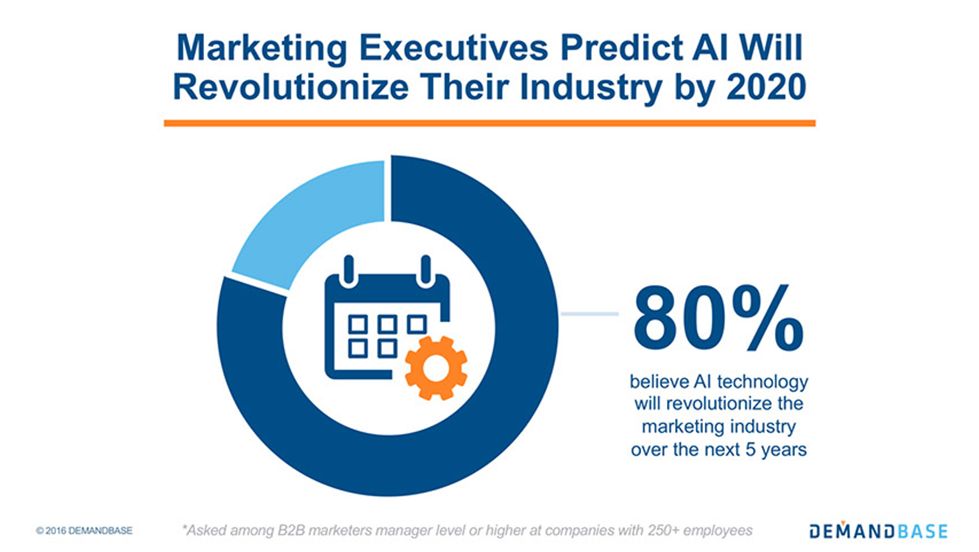
How to Capitalize on This Trend
Start exploring ways in which AI and machine learning tools can improve your workflow. Look for ways in which you can use these tools to offer better value to your customers, thereby increasing your bottom line.
Rule 2019
If one thing is certain, then it’s this – the digital marketing landscape is set to change in 2019 with innovative technologies like AI, VR and AR, voice search, video content, UGC, and micro-influencers.
Thanks to these new technologies and strategies, digital marketers can easily tap into their customers’ needs and provide them with accurately personalized content, thereby driving sales and boosting returns. The future is bright for digital marketers who embrace these new trends.
Do you think any other digital marketing trend will make the waves next year? Let us know your views in the comments below.
Renu Sharma is Inbound Marketing Manager at Attrock. She is very passionate about work and has been working with lot of reputed brands to increase their online visibility. Apart from her marketing passion, she loves to explore her knowledge and watch web series.